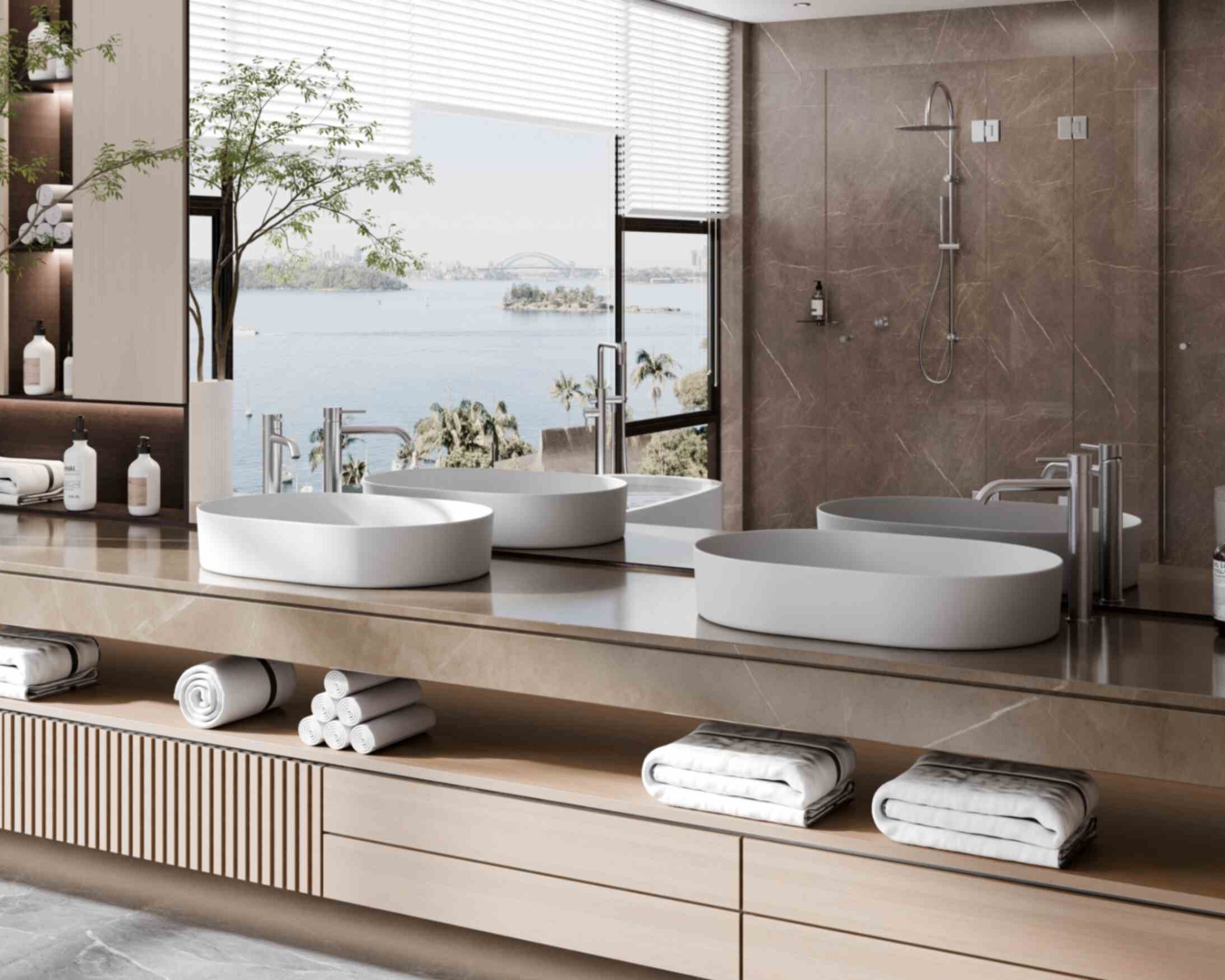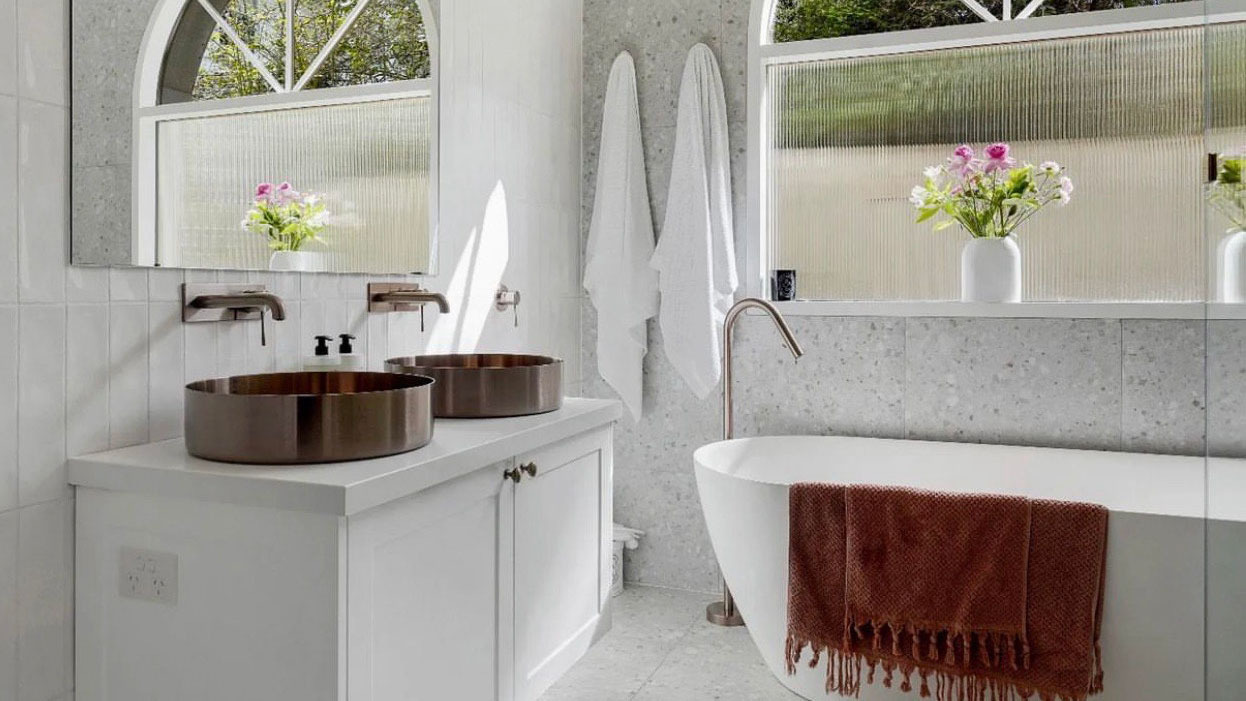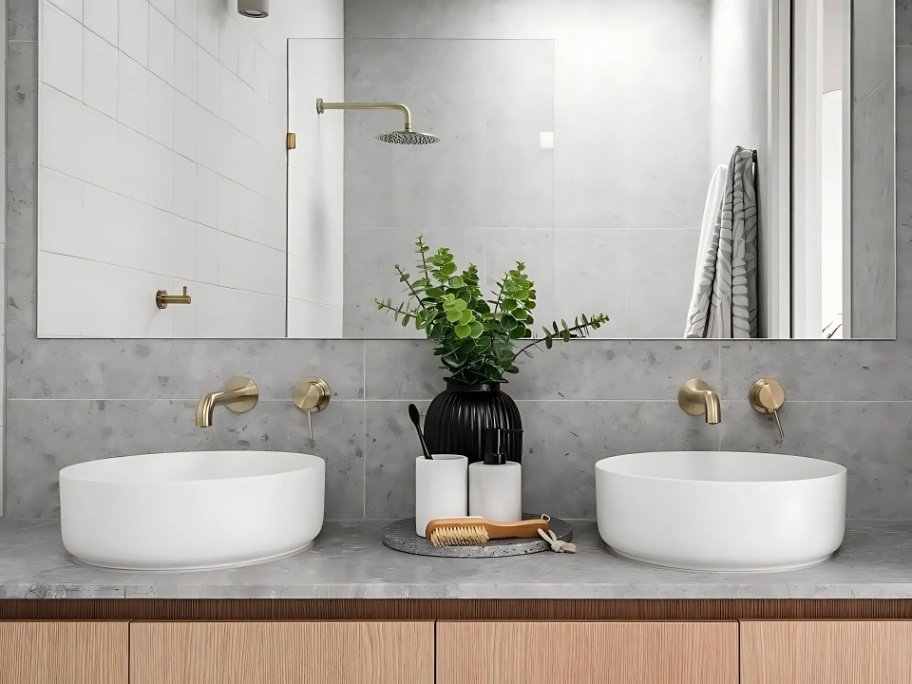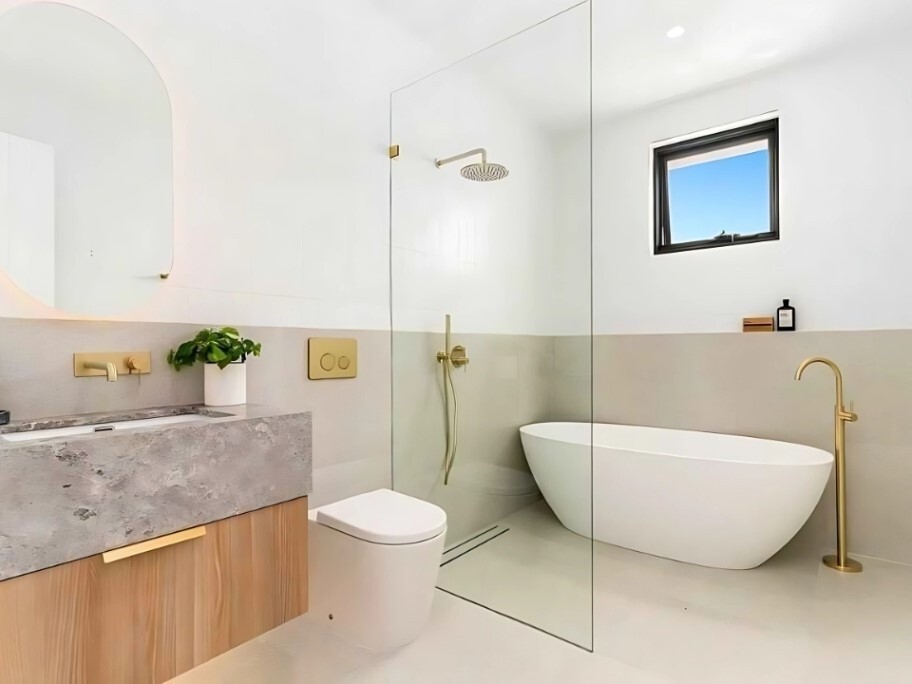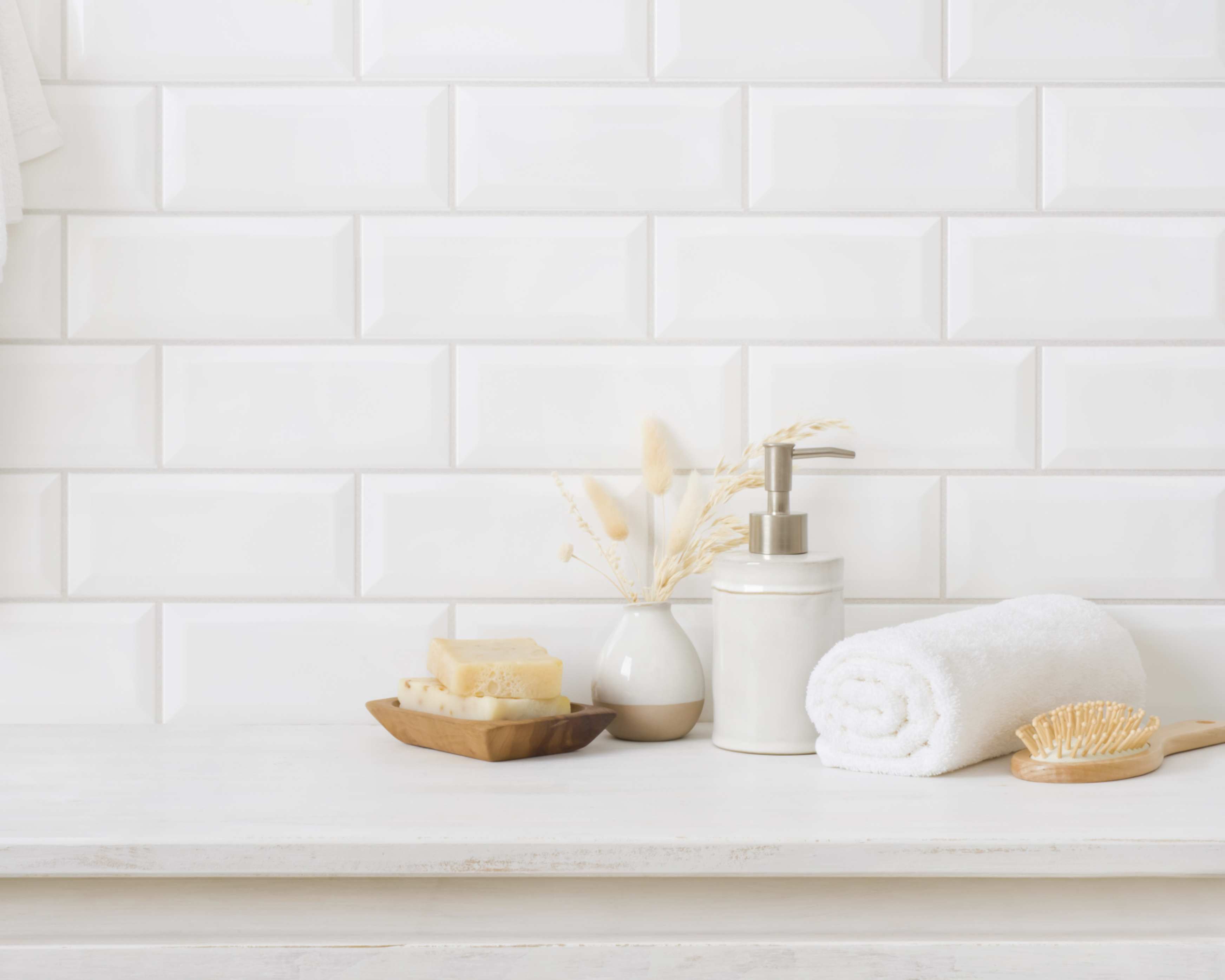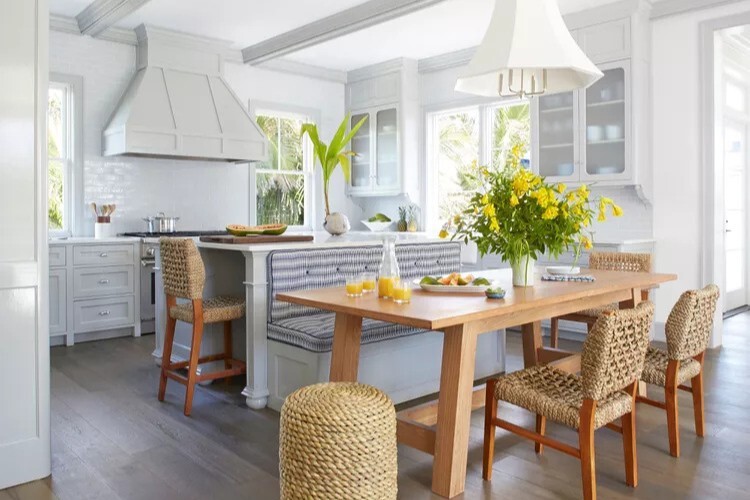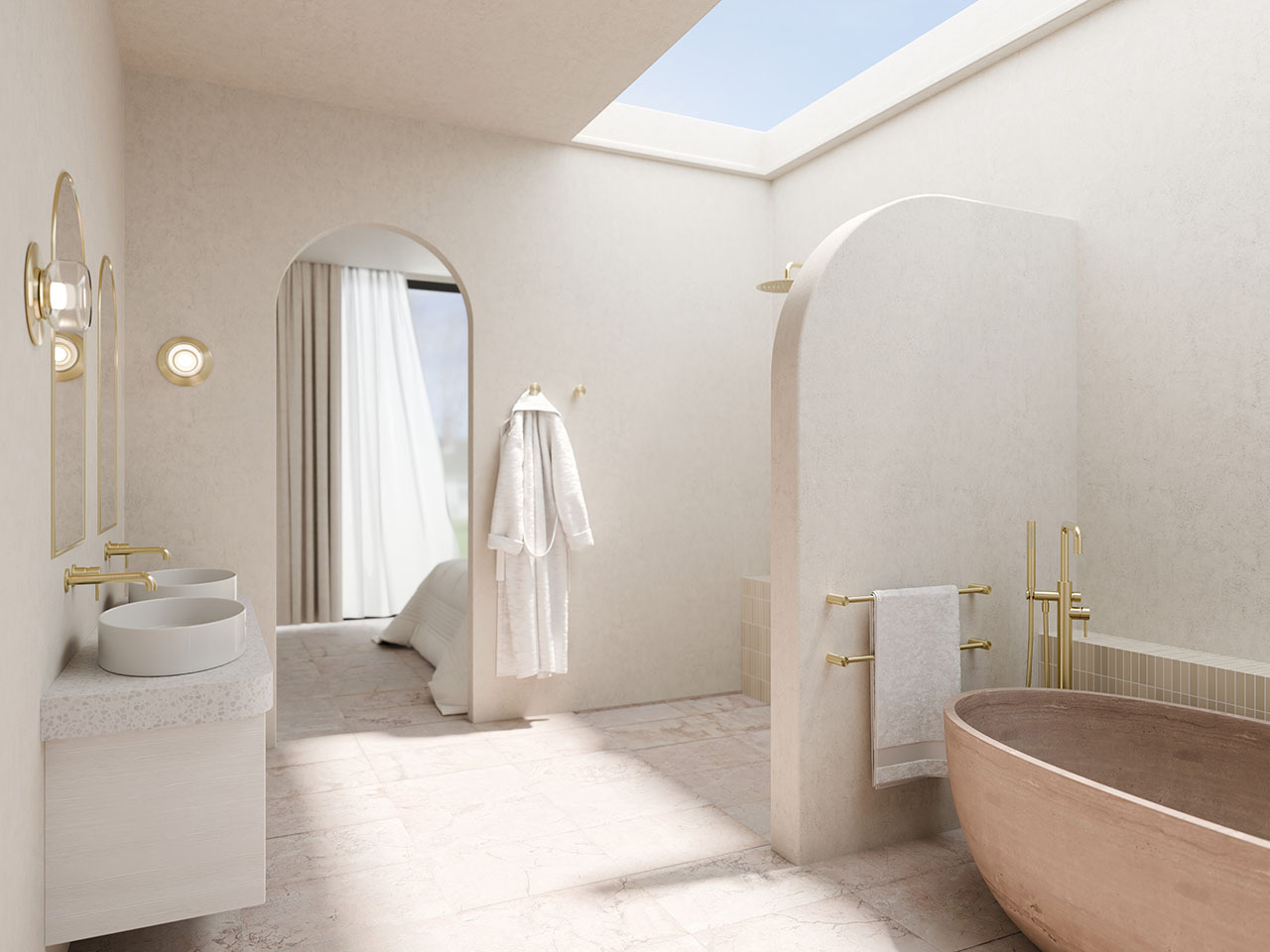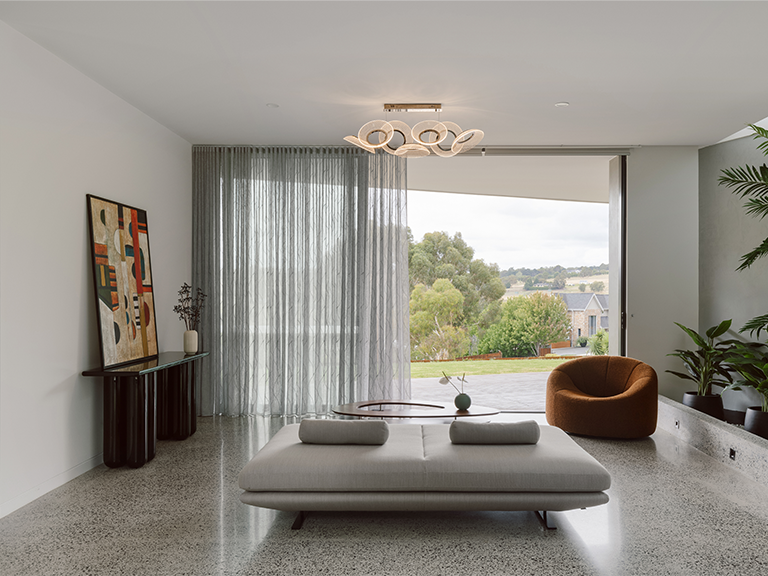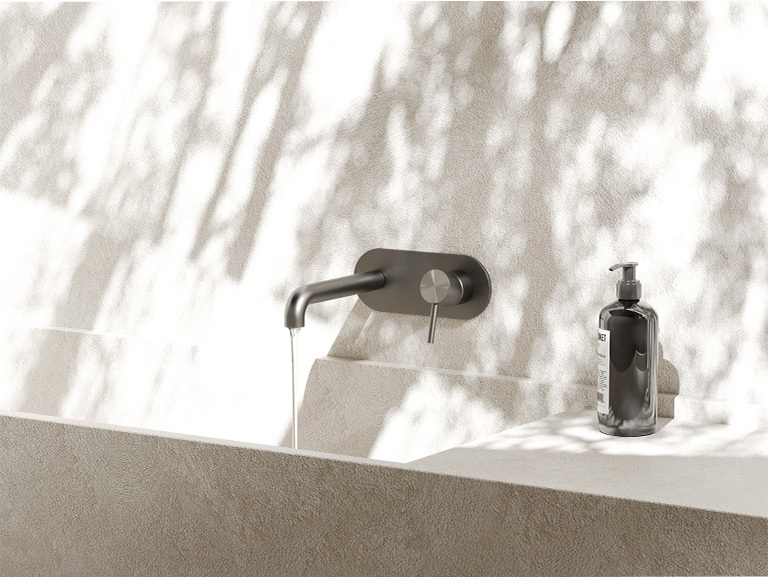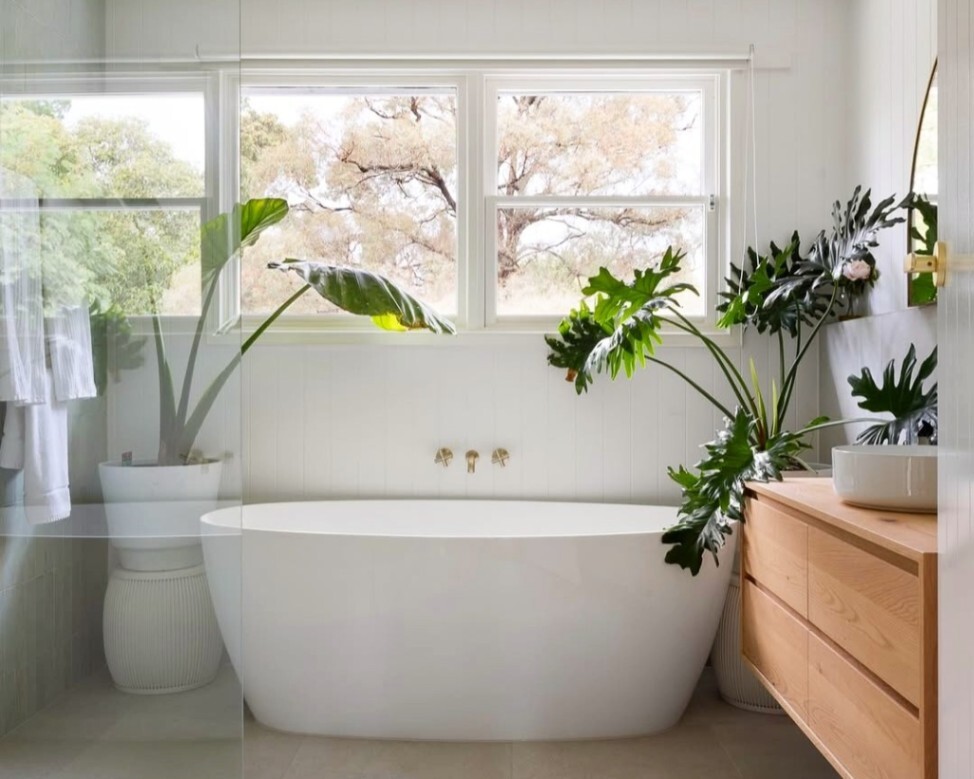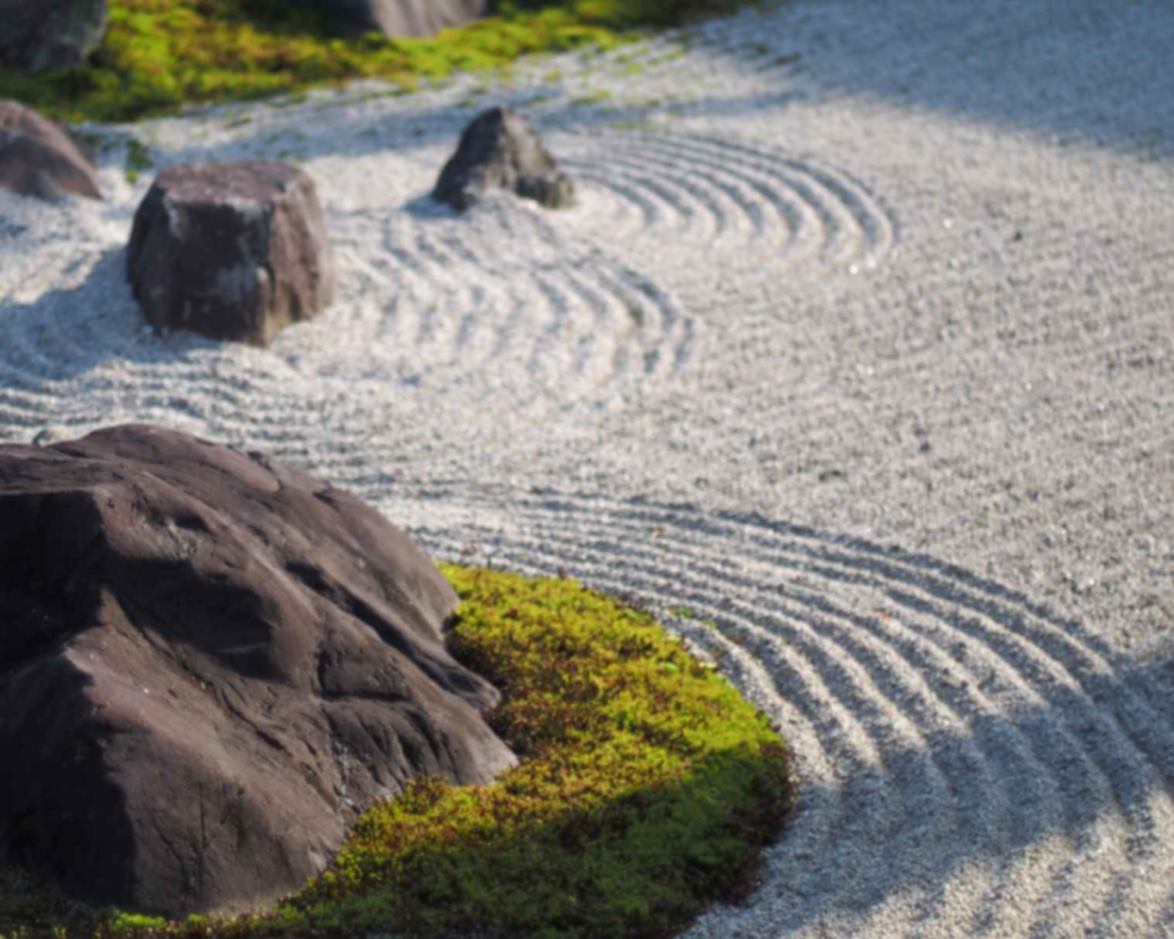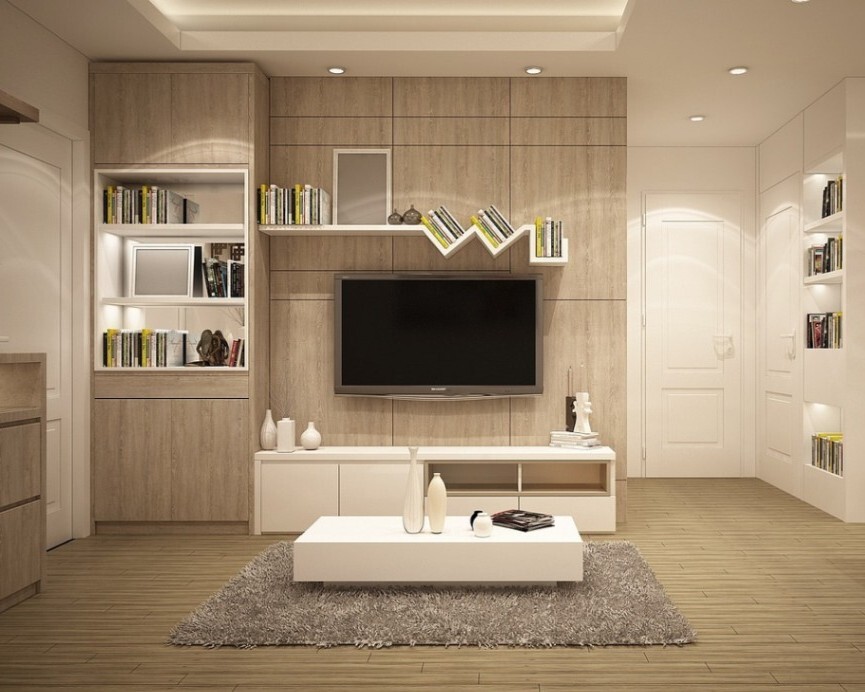
Minimalism vs. Maximalism: The Ultimate Design Showdown (And How to Get It Right!)

Minimalism and maximalism—two opposite ends of the design spectrum, both shaping the way we live, decorate, and express ourselves. One’s all about keeping it clean and simple; the other’s about embracing more, more, and then some.
Both have their loyal fans. Minimalism wins hearts with its calming, clutter-free spaces, while maximalism thrives on personality, layers, and a touch of the unexpected. But which one suits you best?
Let’s break it down.
This guide will walk you through the history, key traits, and real-world applications of both styles in interior design. We’ll also dig into their psychological effects and—because life isn’t all black and white—how to strike a balance between the two.
If you’re into minimalist interior design for your kitchen or bathroom, Nero Tapware has exactly what you need! Our wide range of tapware products aligns with the minimalist design philosophy but still exudes elegance. From our Mecca and Zen collections to our York and Classic Care collections, we make sure that you get a taste of simple luxury. Contact us now!
Defining Minimalism and Maximalism
These two styles aren’t just about looks; they reflect different ways of thinking about space, creativity, and life itself. Some people crave the clarity and focus that minimalism offers. Others feel energized by the layered, eclectic vibe of maximalism. And then there are those who like a bit of both—because, let’s be honest, choosing between a sleek, uncluttered kitchen and a vintage-filled lounge can be tough.
Comparing Minimalism and Maximalism at a Glance
| Feature | Minimalism | Maximalism |
| Color Palette | Neutral & monochrome | Bold & varied |
| Furniture Style | Sleek, functional, and simple | Ornate, vintage, and eclectic |
| Decor | Few statement pieces | Layered, abundant, and personal |
| Space Usage | Open and airy | Filled with textures and objects |
| Psychological Effect | Calming, orderly, and mindful | Energetic, expressive, and stimulating |
What is Minimalism?

Minimalism is about stripping things back to what’s essential—no unnecessary fluff, no distractions, just intentional design that serves a purpose. It’s sleek, functional, and easy on the eyes (and mind). Think of it as the design equivalent of a deep breath.
The Minimalist Experience
- Feels calm, balanced, and airy.
- Encourages mindfulness and intentional living.
- Appeals to those who prefer efficiency and order.
Key Principles of Minimalism
- Clean Lines & Simple Forms – Furniture and decor have sleek, geometric shapes without excessive ornamentation.
- Neutral & Monochromatic Color Palettes – Whites, grays, beiges, and muted earth tones dominate to create a calm, airy atmosphere.
- Decluttered Spaces & Negative Space – Every item has a purpose, and empty spaces are used intentionally to promote tranquility.
- High-Quality, Functional Items – Minimalist interiors prioritize durability and multi-purpose furniture over excessive decor.
- Natural Light & Organic Materials – Large windows, wood, stone, and linen create a harmonious connection with nature.
Minimalist spaces often take cues from Scandinavian, Japanese, and mid-century modern styles. This philosophy extends beyond interior design—ever heard of capsule wardrobes, tiny homes, or the "declutter your life" movement? That’s minimalism at work.
Also Read: Japandi Bathroom Perfection: The Ultimate Guide to Serene, Stylish Spaces
What is Maximalism?

If minimalism is like a perfectly curated Spotify playlist, then maximalism is a full-blown, multi-stage music festival—loud, bold, and unapologetically expressive. It’s where colors clash in the best possible way, textures pile up like an overstuffed armchair, and every inch of space tells a story.
Think layered rugs, dramatic wallpaper, eye-catching furniture, and walls that refuse to stay blank. It’s a mix of old and new, a place where an antique mirror can sit happily beside a neon sign. Maximalism isn’t about chaos—it’s about character. And if anyone ever tells you “less is more,” just smile and add another velvet cushion.
The Maximalist Experience:
- Feels cozy, expressive, and visually stimulating.
- Encourages creativity and storytelling through decor choices.
- Appeals to those who love vibrancy, nostalgia, and unique finds.
Key Principles of Maximalism:
- Bold Colors & Statement Patterns – Deep blues, emerald greens, fiery reds, often combined with striking wallpaper, patterned fabrics, and clashing prints that somehow just work.
- Eclectic Mix of Styles & Eras – Antique furniture like a mid-century armchair sits next to modern art, creating an intentional yet diverse aesthetic.
- Layered Decor & Personal Collections – Shelves brimming with books, art, trinkets from past travels, or a collection of porcelain teapots you swear you’re not adding to (but probably will).
- Rich Textures & Opulent Materials – Velvet, silk, fur, marble—textures so lush you want to reach out and touch them. Or just sit back and admire their decadence.
- Maximized Wall & Floor Space – Gallery walls, oversized murals, and framed prints fight for attention, while bold rugs add warmth and personality underfoot.
Historically, maximalism has its roots in the lavish excess of Baroque, Rococo, and Victorian design—when “understated” wasn’t even in the vocabulary. Today, it’s evolved into a joyful, rule-breaking mix of past and present, where every object has meaning, every pattern is intentional, and no one is afraid of a little (or a lot) of drama.
Also Read: Rococo Revival: How to Bring 18th-Century Elegance into Modern Homes
Historical Context and Evolution

Minimalism and maximalism might feel like buzzwords thrown around in modern design circles, but these styles have been shaping the way we live, build, and decorate for centuries. One thrives on simplicity, the other revels in excess, but both have deep roots in history, influencing everything from architecture to art and even lifestyle choices.
The Origins and Evolution of Minimalism
Minimalism didn’t just pop up one day because someone got sick of clutter. It’s the result of centuries of thinking about space, function, and beauty in both Eastern and Western traditions.
Early Influences:
- Japanese Zen Philosophy (12th century–present): Japanese design has long embraced simplicity, balance, and natural elements, influencing modern minimalism.
- Bauhaus Movement (1919–1933): This German design school emphasized functionalism, clean lines, and the idea that form follows function.
- Modernist Architecture (1920s–1950s): Architects like Ludwig Mies van der Rohe and Le Corbusier promoted open spaces, minimal decor, and industrial materials.
Minimalism as a Lifestyle and Aesthetic Movement
- 1960s–1970s: Minimalism emerged as an art movement, with artists like Donald Judd and Frank Stella reducing compositions to simple geometric forms.
- 1980s–1990s: Minimalist interior design gained popularity, emphasizing neutral palettes, open floor plans, and uncluttered spaces.
- 2000s–Present: Minimalism extended beyond design into lifestyle choices, with figures like Marie Kondo promoting decluttering and mindful consumption.
The Origins and Evolution of Maximalism
Maximalism has roots in historical periods that embraced ornamentation, grandeur, and excess.
Early Influences:
- Baroque and Rococo (17th–18th centuries): European palaces and churches featured intricate details, gilded surfaces, and elaborate frescoes.
- Victorian Era (19th century): Homes were filled with decorative objects, bold wallpaper, and heavy fabrics, reflecting wealth and personality.
Maximalism in Modern Design and Culture
- 1980s–1990s: Postmodern designers rejected the austerity of modernism, embracing playful, eclectic interiors.
- 2000s–2010s: Maximalism returned as a response to minimalism, with designers encouraging self-expression through layered textures and vibrant colors.
- 2020s–Present: Social media and personal branding have amplified maximalist aesthetics, making them more accessible and widely embraced.
Also Read: From Bauhaus to Brutalism: Tapware Styles That Complement Iconic Design Eras
Applications in Interior Design: Creating Living Spaces

The way you design your home isn't just about looks—it’s about how you feel when you walk through the door. A minimalist space can bring calm and order, making it easier to think straight. A maximalist home, on the other hand, crackles with energy and personality, like an art collector’s dream come to life.
Some people want their place to look like a sleek, high-end gallery. Others prefer a space that tells a thousand stories, with treasures collected over time. And then there are those who sit somewhere in the middle—clean lines but with pops of color, a little bit of chaos but never too much. The good news? There’s no wrong way to do it.
Minimalist Interior Design
Key Elements:
- Open floor plans
- Monochromatic or neutral color schemes
- Sleek, functional furniture
- Loads of natural light
Ideal For:
People who love a sense of order, a clutter-free home, and that fresh, just-cleaned feeling (without actually having to clean every five minutes).
Example:
A modern Scandinavian-style apartment—white walls, smooth furniture, and a space that just makes sense. No unnecessary frills, just clean, simple elegance.
Maximalist Interior Design
Key Elements:
- Bold colors and rich textures
- Layers upon layers—textiles, artwork, decor
- A mix of antique and modern pieces
- A ‘more is more’ philosophy
Ideal For:
People who believe their home should be an extension of their personality. Love books, art, souvenirs, and objects with a story? This is your vibe.
Example:
A Victorian-inspired lounge, packed with statement wallpaper, gold-framed portraits, and a couch that practically invites you to sink into it with a cup of tea (or a glass of wine, depending on the day).
Also Read: How to Design a Nancy Meyers Kitchen That Feels Like a Movie Set
Psychological and Emotional Impacts

The spaces we live in and the aesthetics we choose can significantly impact our emotions, mental well-being, and productivity. Both minimalism and maximalism influence mood and behavior in different ways.
How Minimalism Affects the Mind
Minimalism = Calm and Clarity
A minimalist space is like a clear desk—it helps you think, breathe, and focus. The lack of clutter reduces distractions and, in turn, stress. No mess, no fuss.
Psychological Benefits
- Reduces Mental Clutter – A tidy, minimal space promotes a sense of calm and organization.
- Encourages Mindfulness – Fewer distractions make it easier to be present in the moment.
- Enhances Productivity – A clean, simplified workspace improves concentration and efficiency.
- Supports a Stress-Free Environment – Neutral colors and open spaces can create a sense of peace.
Potential Downsides
- Some people may find minimalism too sterile or impersonal, missing the warmth and personality of a more decorated space.
- Overly strict minimalism can lead to a lack of visual stimulation, which may feel uninspiring for highly creative individuals
- Best for: Those who thrive in calm, structured environments and prefer a decluttered lifestyle.
How Maximalism Affects the Mind
Maximalism = Energy and Creativity
Surrounding yourself with art, books, and sentimental pieces can be inspiring. Maximalist spaces stimulate creativity and make you feel at home in a way that’s deeply personal.
Psychological Benefits
- Boosts Creativity – Layered decor, bold colors, and diverse textures create an inspiring atmosphere.
- Encourages Personal Expression – A space filled with unique objects and collected treasures fosters individuality.
- Creates a Sense of Comfort – Cozy, layered interiors can feel warm, nostalgic, and inviting.
- Enhances Dopamine Levels – Bright colors and engaging designs can evoke happiness and excitement.
Potential Downsides
- Too much visual stimulation can feel overwhelming or chaotic, especially for those who struggle with focus.
- Can lead to clutter if not curated carefully, making spaces feel crowded rather than intentional.
- Best for: Those who feel energized by bold visuals and love expressing themselves through their surroundings.
Also Read: Mixing Metals Like a Designer: The No-Fail Formula for a Luxe, Layered Look
Choosing the Right Style for You

Deciding between minimalism and maximalism isn’t just about looks—it’s about what makes you feel at home. Are you someone who finds peace in a clutter-free space, or do you love a room bursting with personality? Let’s break it down and help you figure out which approach suits your lifestyle best.
Assessing Your Personality and Lifestyle
Ask yourself these simple questions to see where you land:
- Do you feel most at ease in open, clutter-free spaces? → Minimalism might be your thing.
- Do you love being surrounded by keepsakes, books, and bold decor? → Maximalism could be your perfect match.
- Are neutral tones and clean designs your go-to? → Sounds like minimalism is calling your name.
- Do you enjoy layering patterns, colors, and textures? → Maximalism might be your kind of fun.
- Does too much visual noise make you feel overwhelmed? → A minimalist space could bring you calm.
- Do bold, eclectic spaces make you feel alive? → Maximalism might just be your vibe.
To Put it Simply..
- If you crave order, simplicity, and a sense of calm, minimalism is your best bet.
- If you thrive in rich, expressive surroundings, maximalism is likely more your style.
- And if you want the best of both worlds? You’re not alone—many people find a sweet spot somewhere in between.
The goal is simple: Create a space that works for you, not against you.
Blending Both Styles: The "Maximal Minimalist" Approach
Maybe you love a tidy space but can’t resist a statement piece (or five). The good news? You don’t have to pick a side. Here’s how to balance both:
- Minimalist Foundation, Maximalist Accents – Keep furniture sleek and simple, but throw in some bold art, funky cushions, or an eye-catching rug.
- Curate, Don’t Clutter – Instead of piling up random bits and bobs, choose meaningful pieces that tell a story.
- Balance Negative Space – Let some areas breathe while using others to show off personal treasures.
- Stick to a Cohesive Color Palette – Even the most eclectic rooms look put-together when the colors work in harmony.
Think of it as "just enough but not too much." Like ordering chips at the pub—one basket is perfect, three is overwhelming, and none is just sad.
More Practical Tips for Finding Your Ideal Style
| For Aspiring Minimalists | For Aspiring Maximalists |
|
|
Conclusion
Minimalism and maximalism aren’t just trends; they’re personal design philosophies that shape how we experience our spaces. One offers tranquility, the other self-expression. The best approach? One that feels right for you.
So, where do you land? Do you crave the quiet elegance of minimalism, the expressive nature of maximalism, or a thoughtful blend of both? Whatever your choice, the key is designing a space that reflects who you are—and makes you feel at home.
Now, go forth and decorate. And if anyone questions your choices, just tell them it’s "intentional design." Works every time.
